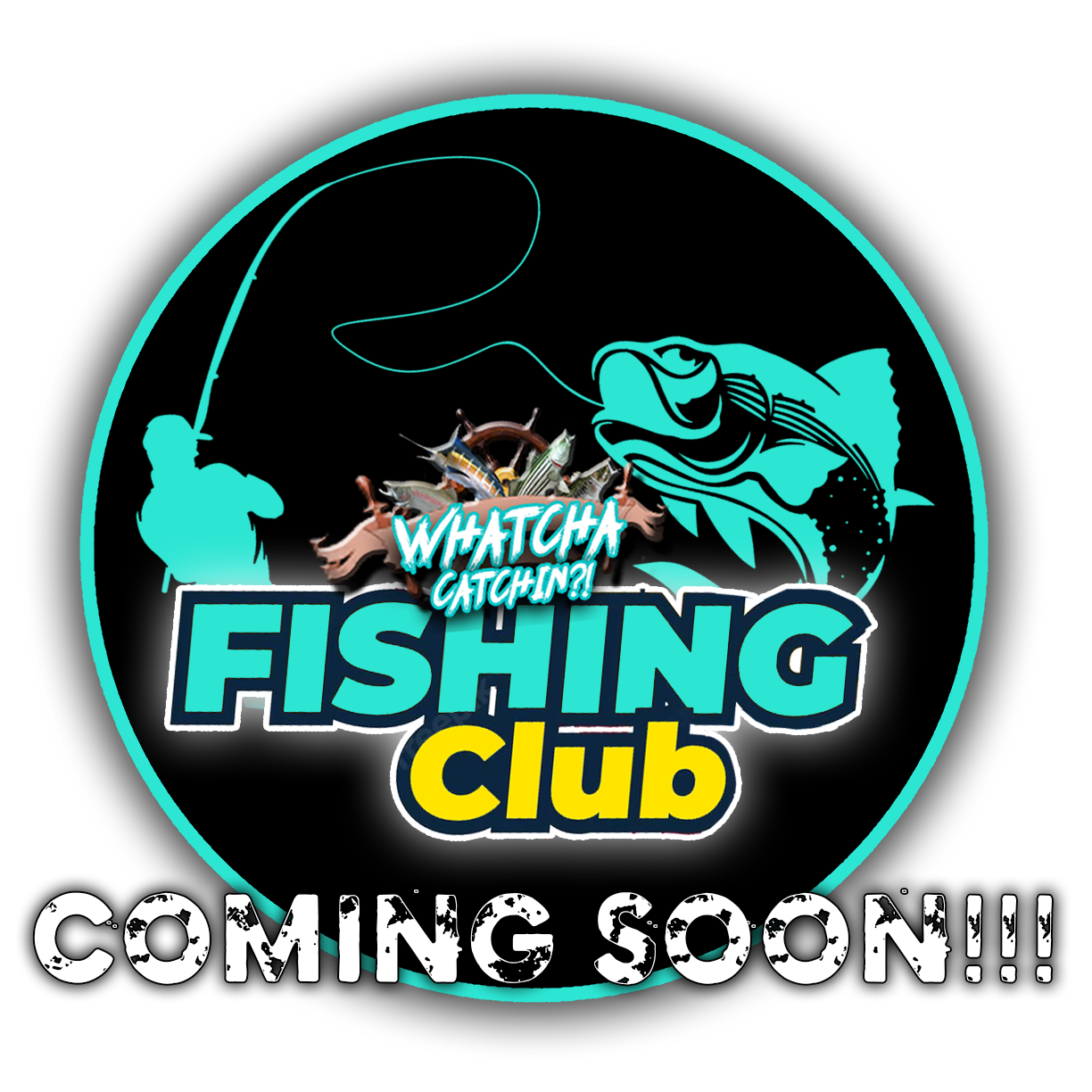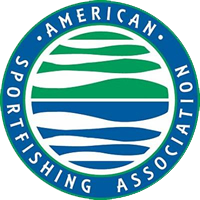As with practically every pastime, flats fishing for redfish will have its peaks and valleys. While it’s true that reds have a voracious nature that makes them likely to eat most any time of the day, stronger feeding periods definitely exist.
Throughout much of their range, one of the most predictable scenarios in which to pursue redfish is generically known as “flats.” Basically, the broad, shallow zones adjacent to deeper water, flats may comprise a sand/grass mixture, scattered rock, or shell bottom. Whatever the case, such habitat affords redfish prime feeding areas.
Learning to identify the peak times will deliver more bites.

Mind the Tides:
As simple as it gets, this is all about access. Higher tide stages allow fish to reach the shallow feeding zones, while low tide closes the restaurant. For clarity, some flats remain deep enough to accommodate fish even at slack low tide. However, falling water diminishes their comfort and safety to the point of departure.
Between the high/low extremes, the strength of tidal flow plays a big role in redfish aggression. After passing the low in deeper areas, as soon as redfish feel the incoming tide begin, they’ll inch closer to the flat’s edge and incrementally advance with the rising water.
The fish will make the most of their time on a flooded flat, but just as their feeding aggression surges at the beginning of the incoming tide, the latter half of the falling tide typically sees more enthusiasm, as the fish realize their mealtime is coming to an end.
Note the Bait Movement
Because redfish visit flats solely to feed, only those areas well stocked with the crustaceans and finfish they seek will attract these predators. Expect the bait movement to fluctuate with the tides, but once the incoming cycle gains momentum, you’ll start seeing flashes of silvery sides amid the grass or over potholes and troughs.
Redfish will generally eat whatever they can catch, but pay attention to what finish forage is present. Is it finger mullet? Pinfish? Sardines? A multi-species mix?
Determining what the reds are likely eating helps you select the proper bait size and the right colors. Redfish are not considered picky eaters, but presenting profiles resembling what they’re naturally seeking just makes sense.

Best Baits
For an optimal blend of versatility and castability, most redfish anglers keep a jig and soft plastic on deck at all times. Rig a shrimp or baitfish body on a Mustad Inshore Darter Jig Head and you have an effective tool for bottom hopping or mid-depth twitching.

Larger swimbaits in the 6-inch range will also tempt redfish, and if you’re talking about the giant bull reds that roam the Mississippi Delta’s perimeter bays and flats, stepping up to an 8-inch soft plastic swimbait is not unrealistic. Rig these baits on a Mustad AlphaPoint Infiltrator Swim Hook and try different speeds until you figure out what the fish want.

While you’re at it, don’t forget the topwater. With downward facing mouths, redfish are built for bottom foraging and forward gobbling. However, when they’re fired up and eager to feed, reds will not hesitate to smash surface baits like the LIVETARGET Hollow Body Mullet.
On deeper flats of four feet or more, a LIVETARGET Rigged Shrimp under a popping cork provides an enticing presentation that you can work over seagrass or drift across sandy potholes. This is also a good bet for probing the deeper drop-offs during low tide.











